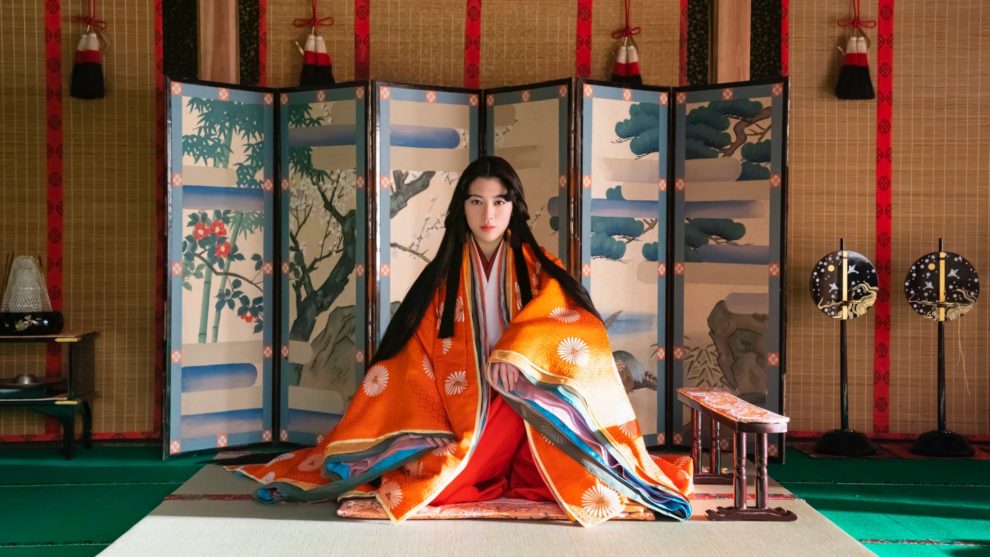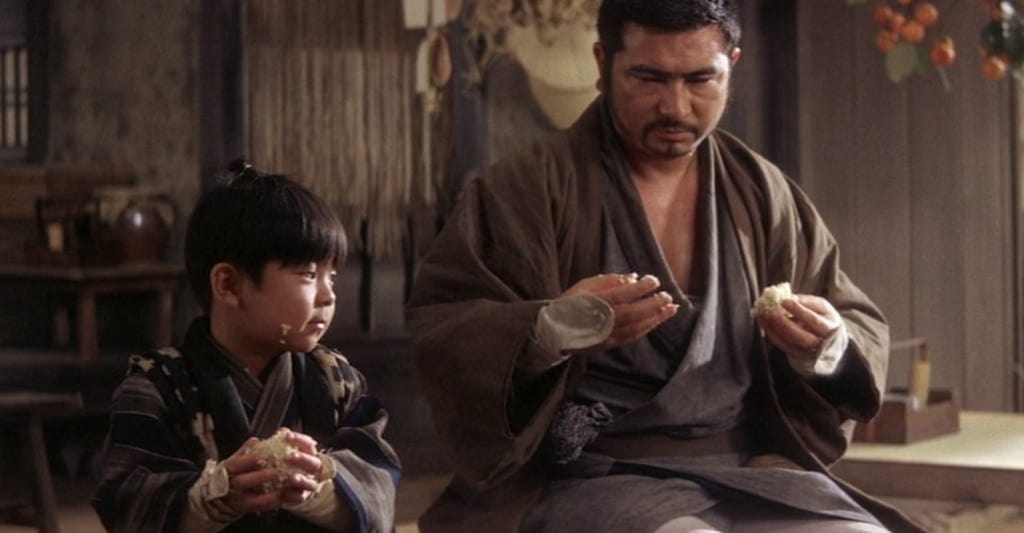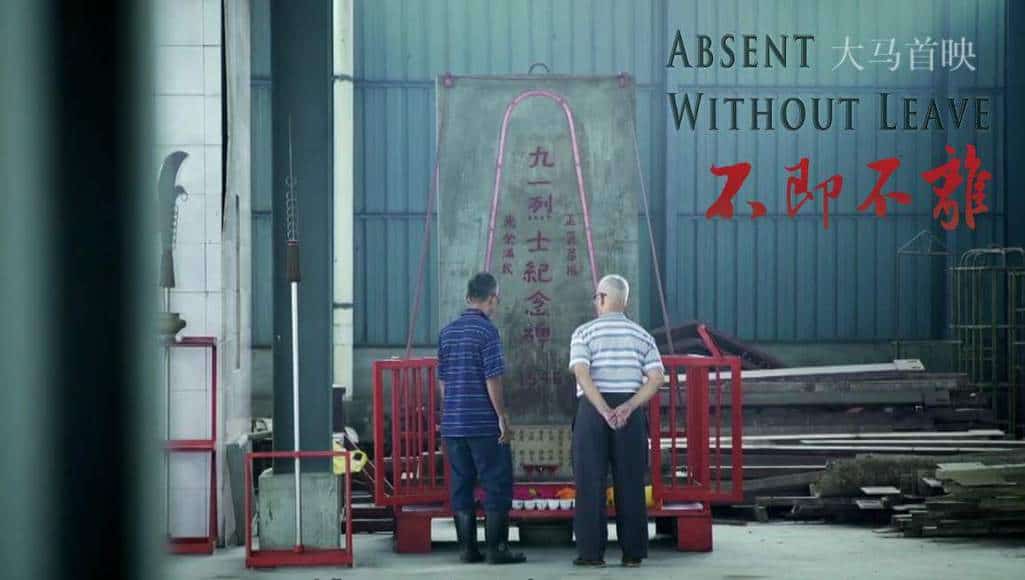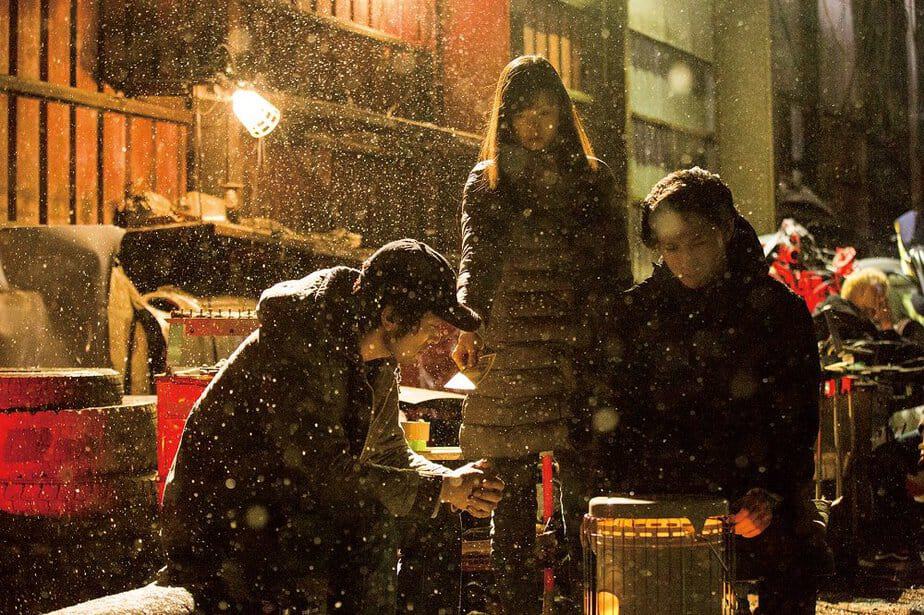Directed by veteran-actress turned filmmaker Hitomi Kuroki, “The Devil Wears Jini-Hitoe Kimono” is a visually impressive movie that focuses though, a bit too much on impression instead of substance, much like its title.
Rai Ito is a young man who has failed 59 times to land a regular job, working mostly part-time in whatever work comes his way. His girlfriend is fed up with his failures, and inevitably dumps him, while his brother's success in passing the medical school entrance exams, puts even more pressure on him, particularly since he feels that he does not fit even with his family. As the story begins, he is working on setting up an exhibition for classic novel “The Tale of Genji”, which the film synopsizes through a rather appealing retro-style animation. The parts about the two brothers, Ninomiya and Ichinomiya, resonate with him since he has a similar relationship with his younger brother.
“The Devil Wears Juni-Hitoe Kimono” is screening at Toronto Japanese Film Festival

One night, on his way back home, he sees a strange light and is sucked into it. When he wakes up, Rai finds himself in the Heian period, which is the setting for the novel. He introduces himself as Onmyoji Raimei Ito. Thanks to a headache pill he has on him, he is hired as an onmyoji by the emperor's wife Nyogo Kokiden, a fearless woman and coldly analytical in her actions. She desires to have her son take the emperor's position, but the emperor's obsession for his concubine, Kiritsubo, mother of Genji, a young man much more charismatic than her Kokiden's son, has placed her plans in jeopardy. When Fujitsubo also debuts into the narrative, particularly due to her semblance with Kiritsubo, the threat becomes even direr. Rai finds a sense of self-appreciation due to the trust Kokiden places on him, and even strikes a relationship of pure love with one of the court ladies, Rinko. However, tragedy soon strikes, while Rai eventually has to return to modern times.
The intricacies, machinations, and deadly political games that were the rule in the life in the court function here as a very interesting base for a narrative, though, that moves mostly towards other directions. In that fashion, one of the purposes of the script is presenting Nyogo Kokiden, the actual protagonist of the movie, as something rather different from the villain she is presented in the original. Her cunningness and resolve are present, but so is her love for her son, her will to sacrifice herself for him, and her benevolence towards a number of people surrounding her, eventually including Rai. Ayaka Miyoshi gives a great performance in the role, anchoring the film with an acting that is both majestic and measured. As the titular character, she is also rather imposingly depicted, with her kimonos, her stance and the background she is usually presented within being rather exquisite, highlighting the great work in all the aforementioned aspects (cinematography, costumes, and set design).
The second and third directions revolve around Rai, with his time in the palace helping him mature, understand himself better, and realize a sense of duty that he owes, firstly to himself. This aspect becomes more and more evident as the Heian arc progresses, but is cemented in the current one after his return, with his change being rather evident, also deriving by the tragedy that has hit him. The last direction revolves around his romance with Rinko, who is portrayed by a rather convincing Sairi Itoh, with their relationship being impeccably presented in visual terms, with the scene in the forest being one of the most memorable in the movie. At the same time, however, this part emerges as rather cheesy, hyperbolic, and somewhat rushed, as if it was included in the narrative just to draw another demographic. The finale of the movie cements this approach in a way that borders on being annoying. Kentaro Ito is relatively good as Rai, in all the aforementioned aspects, but his role is rather demanding and frequently, it becomes obvious, that a more experienced actor could have handled it better.
In terms of succession of scenes, the editing works quite well for the narrative, with the pace fitting the overall aesthetics, as the lingering on a number of scenes actually helps both in the presentation of the characters, particularly of Nyogo, and allow the viewer to enjoy the beauty of the aforementioned elements. That being said, however, the usual fault of Japanese productions, of lagging for no apparent reason, is here once more, although it is more evident in the current-age arc, with the 112 minutes of the duration being somewhat extravagant.
“The Devil Wears Juni-Hitoe Kimono” has its faults, but the presence of Ayaka Mikoshi and the overall visuals deem it a pleasant watch, to say the least.
















